Do You Eat Dolphin Meat? Then You Need To Read This
If you eat dolphin meat there are a few facts you need to know right away.

Dolphin Meat is flesh obtained from the body of a dolphin and in some parts of the world you can find it on display for sale in supermarkets and through meat distributors for human consumption.
The meat is dense and a very dark shade of red: So dark that it appears black. People who eat it may consume it raw or cooked usually garnished with onions and garlic. Others choose to cut it into bite-sized chunks and fry it or simmer it with sauce and vegetables. When cooked, those who eat dolphin meat describe it as similar in flavor to beef liver.
History Of Dolphin Meat Consumption
Weird as the practice may sound, dolphin meat consumption is actually not a novelty in some cultures. Historically, marine mammals especially whales and dolphins were hunted by coastal aborigines for food and other resources. But back then, the effects on the larger cetacean population was minimal because these were local hunters fishing on a small scale.
However, with the arrival of commercial whaling and more sophisticated hunting tools, it was just a matter of time before some of these creatures became extinct due to excessive and uncontrolled exploitation. For example, species like the Steller’s Sea Cow and the Caribbean monk seal.
Whaling and hunting of lesser cetaceans has also been a way of life in places like the Faroe Islands (in the North Atlantic). It started at about the same time that the first Norsemen arrived on the islands and to date, about 1,000 Long-finned Pilot whales are killed annually mostly during the summer.
Although the practice of whale and dolphin meat consumption still persists today, it’s much reduced than in past centuries and hunters now target more of the smaller dolphin species. The IWC allows “subsistence hunting,” and hunting for “research” in some countries.
But unfortunately, wherever there is loophole in regulations, people will find a way to exploit it. Because of that, the illegal trade in whale and dolphin meat remains a significant market in some countries.
Some Cultures That Eat Dolphin Meat
Surprisingly, many cultures around the world actually still include marine mammals in their diet. For instance, inhabitants of the Faroe Islands, and the tropical island of St. Vincent (the Caribbean) are allowed to legally hunt and eat dolphins.
Dolphin hunting persists in other countries like Japan, Taiwan, Madagascar, and Peru. Some states have turned to dolphin eating to reduce the cost of getting protein for their populace. An example is in Madagascar where dolphin consumption has gained cultural acceptance, and it is no longer a taboo.
The people of Peru also regularly consume it and it’s referred to there as Chancho Marino meaning “sea pork.”
Japan is likely the best-known country for dolphin consumption. For Japanese people, dolphin eating has come a long way and carries a deep cultural history. This culture is passed down from one generation to another for centuries.
Some of these cultures even persist in consuming dolphin meat not because it’s so tasty but because it’s regarded as tradition and keeps them them closer to the ways of their ancestors.
Effects Of Eating Dolphin Meat
Humans consuming dolphin meat need to know that there is a frightening downside to consuming these meals that many people are not aware of. Experts agree that dolphin meat is high in mercury, excessively high in fact. And that poses substantial health dangers to the people that eat it.
Mercury is an exceptionally toxic chemical ranking second in toxicity only after plutonium!
There are many ways these harmful chemicals get in our waters. The most common way is through direct dumping of untreated industrial waste in lakes and rivers and there’s still very little international governments can do to stop it completely.
Once in the water, it’s converted to another chemical called methylmercury. Small organisms in the water ingest the mercury and methylmercury. When predators eat those animals, they accumulate even higher levels of the toxic compounds.
In the marine ecosystem, dolphins along with whales and sharks are right at the top of the food chain. Hence, they are considered as apex predators.
Species like the killer whale or orca (Orcinus Orca) and the common bottlenose dolphin regularly eat large amounts of smaller fish. Because of that, they consume high concentrations of chemical pollutants along with what they also absorb from the water through their skin.
In fact, the mercury levels detected in some tested samples of dolphin meat shows up to 5,000 times the accepted levels by the World Health Organization (WHO). A specific example is that of the dolphins in Minamata, Japan. The dolphins and even other marine fish at Minamata Bay show evidence of exceptionally elevated levels of mercury traced to the dumping of poisonous mercury from a local factory in the region.
Some common effects of mercury poisoning:
- Mercury with its high toxicity attacks the human brain and the nervous system. It causes extensive damage to human eyesight, motor-skills and leads to hearing impairment.
- Brain damage leading to interference with normal memory and thinking process.
- Partial paralysis.
Furthermore, communities in Japan and other countries that consume dolphins are at risk of severe brain damage. Demographic statistics carried out the Taiji and Kozagawa villages, two villages known for high dolphin meat consumption, showed mortality rates that were 50 percent higher than in other villages.
Dolphin Meat Consumption And Its Effects On Conservation
Another angle to the dolphin meat consumption controversy is the effects this kind of diet has on the conservation of dolphin species.
Places like Taiji in Japan and the Faroe Islands have come under severe criticism and even internet backlash for the continuous hunting of dolphins. The way and manner in which the helpless dolphins are herded and slaughtered is deplorable. The Taiji dolphin drive hunts in particular continues to raise public outcry but the practice still persists.
Apart from eating the meat, hunters also capture and kill dolphins then use the raw meat as bait to attract large swarms of smaller fish. The Amazon River dolphin is a direct target of this fishing strategy.
Because of these acts, the Amazon River dolphin and some other species of dolphins are likely to become extinct and some already are. This is especially the case for dolphins living in rivers like the Ganges river dolphins, and the Yangtze river dolphins.
Some cultures consume dolphin meat as a mark of prestige, others to feed themselves and some just for the sake of it. But the bottomline remains that not only is this meat potentially very harmful to humans, it puts pressure on cetacean populations just trying to recover from centuries of exploitation.
Continuing this kind of diet will only lead to more health and conservation problems in the future.

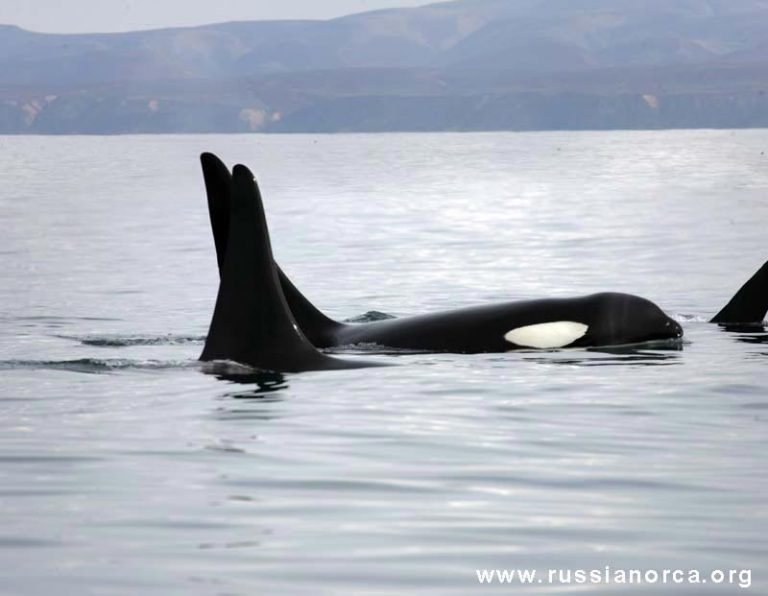
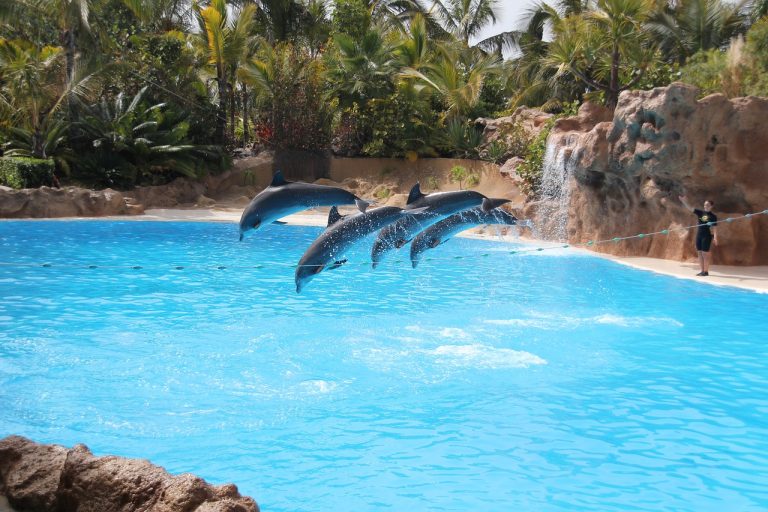
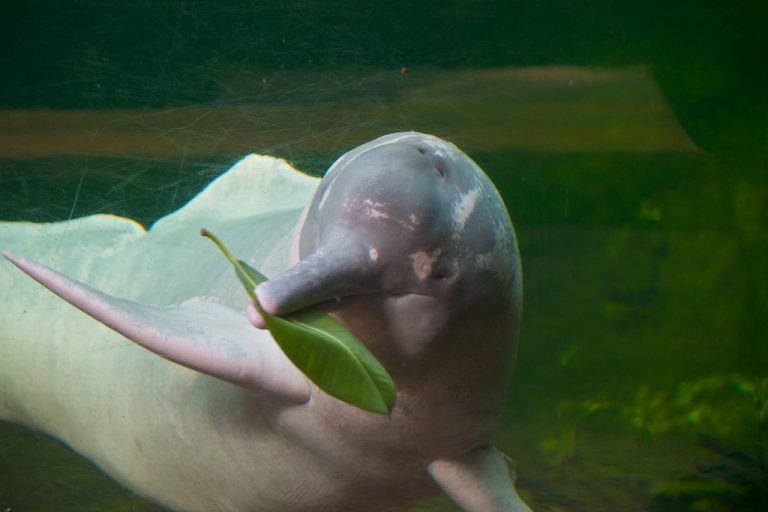

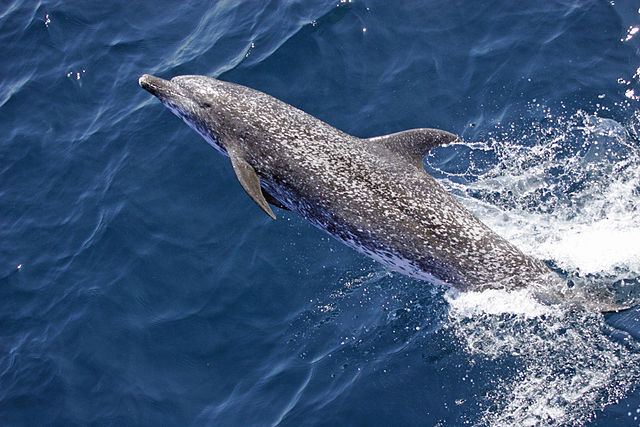
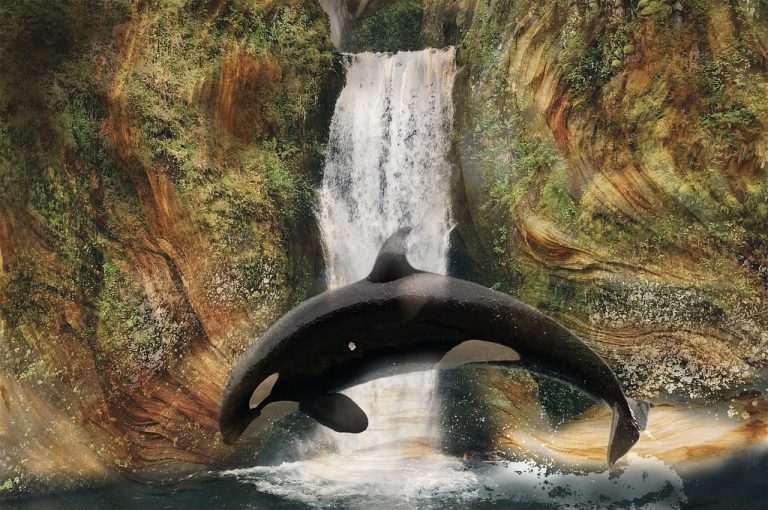
Oh my gosh no! I do not eat Dolphin meat and didn’t even know anyone did until reading this, those poor dolphins!
I didn’t know that some people eat dolphin meat. How awful!
I don’t eat dolphin nor have I ever tried it… but, why is it so horrible if people do? Humans eat other animals, plants, fish and whatever else I can’t think of at the moment. So what makes a dolphin such a taboo?